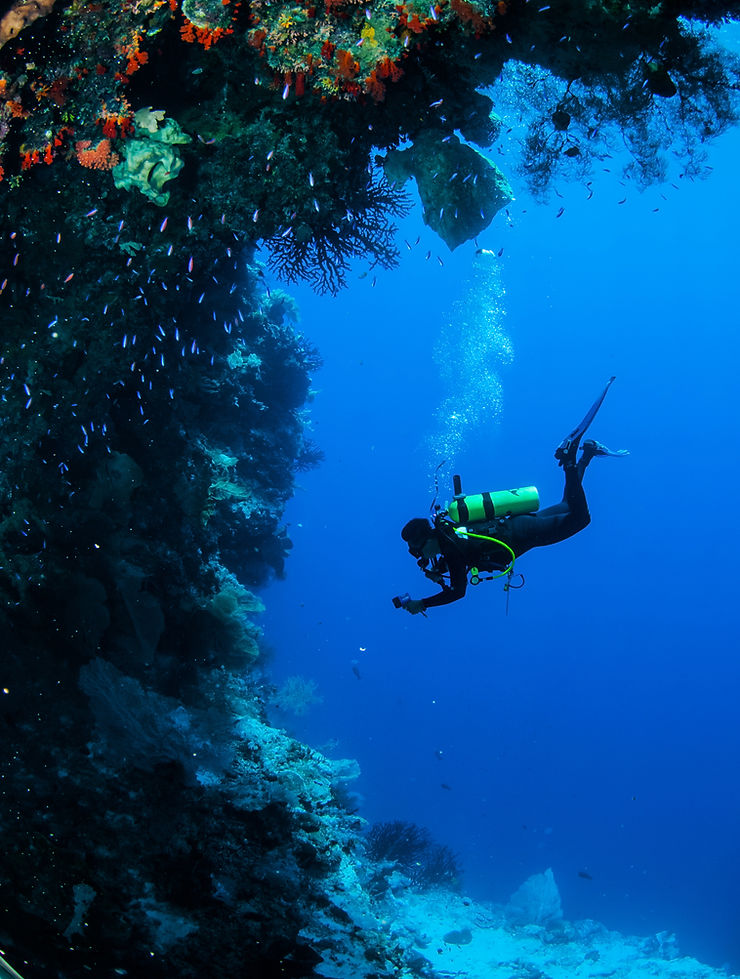Is Scuba Diving Dangerous at 30 Feet?
- Umesh

- Mar 11, 2024
- 3 min read
Scuba diving at 30 feet is generally considered to carry minimal risks compared to deeper dives. Risks associated with diving at this depth include decompression sickness, nitrogen narcosis, and running out of air. However, it is important for divers to be aware of safety protocols and factors such as the maximum safe ascent rate while diving.
Table of contents:

Understanding the Depth: Is 30 Feet Deep?
Diving to a depth of 30 feet is considered a relatively shallow dive in the world of scuba diving. It is important to note that the depth of a dive can impact various factors such as nitrogen narcosis and oxygen toxicity. While diving to 30 feet may not be extremely deep, there are still risks involved that divers need to be aware of.
Risks Associated with Diving at 30 Feet
Nitrogen Narcosis: At 30 feet, divers may experience an increased risk of nitrogen narcosis, which is a condition caused by breathing too much nitrogen.
Decompression Sickness: Bubbles can form in the bloodstream, leading to decompression sickness. It is crucial to ascend slowly to avoid this condition.
Safety Measures for Diving at 30 Feet
Ascending Slowly: It is important to ascend slowly from your safety stop to the surface, maintaining a rate of ascent no faster than 30 feet per minute.
Safety Stops: Safety stops should be considered standard procedure for all dives below 33 feet to reduce the risk of decompression sickness.
FAQs
Q1: At what depth is scuba diving dangerous?
A: Nitrogen narcosis becomes a hazard below 30 meters (98 ft) and hypoxic breathing gas is required below 60 meters (200 ft) to lessen the risk of oxygen toxicity.
Q2: Do you need a safety stop at 30 feet?
A: Safety stops should be considered standard procedure for all dives below 33 feet to reduce the risk of decompression sickness.
Q3: Can you get the bends in 30 feet of water?
A: It's exceptionally rare for the bends to occur in water shallower than 30 feet, so don't panic if you haven't been taking decompression breaks on shallow dives.
Q4: How long can you stay at 30 feet underwater?
A: There are no decompression liabilities at 30 feet, and you can stay as long as your cylinder lasts without exceeding nitrogen limits.
Q5: How deep can humans dive before being crushed by pressure?
A: The depth at which humans can dive before being crushed by pressure varies depending on various factors, but extreme depths can be hazardous without proper training and equipment.
In conclusion, while diving to a depth of 30 feet may not be extremely dangerous, it is essential for divers to be aware of the risks involved and take necessary precautions to ensure a safe and enjoyable diving experience.
References:
By following safety guidelines and understanding the risks associated with scuba diving at different depths, divers can enjoy their underwater adventures safely. Remember, proper training and equipment are essential for a successful diving experience. Stay safe and dive responsibly!





Comments